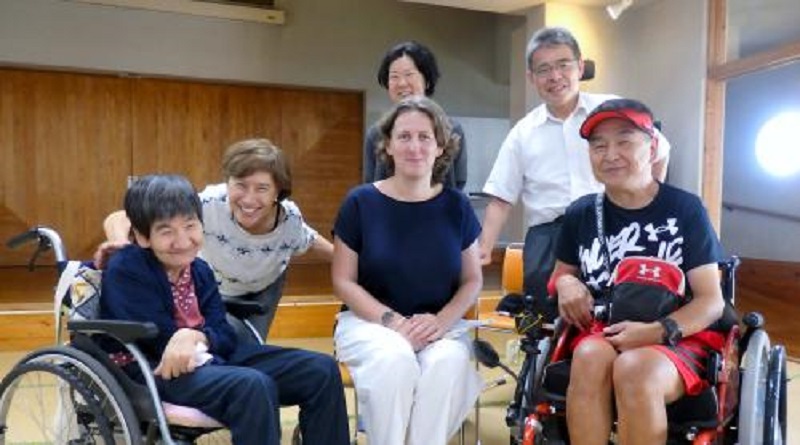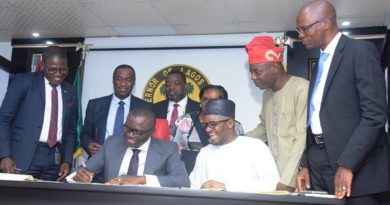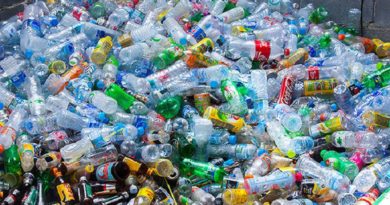Minamata Convention chief pays tribute in visit to Minamata Bay
Almost ten years after the Minamata Convention on Mercury was signed in Japan, the Executive Secretary of the Convention, Monika Stankiewicz, late last month embarked on a journey to Minamata Bay in Japan aimed at strengthening ties with the region and honouring the victims of the Minamata disease.
Stankiewicz, accompanied by Eisaku Toda, Senior Programme Management Officer, followed an itinerary that reflected both the past and future of the Convention: from the front gate of the factory that birthed the tragedy back in 1950s and 60s and the former wastewater discharge pipes, to the restored land from the polluted bay called Eco Park that now serves as a beacon of hope and healing.
After paying their respects at the Minamata Disease monument and the Diplomatic Conference memorial where the Convention was signed almost 10 years ago, Monika Stankiewicz stated that “Minamata Bay is a place close to our heart because of the human and environmental tragedy that occurred here due to mercury. What happened in Minamata lives in our memory as a reminder of the urgency to make mercury history.”
The tour included a visit to local community centers and NGOs, where she met with Minamata Disease victims. Among them were Shinobu Sakamoto, a participant in COP-1, Koichiro Matsunaga, who attended COP-3, and Aileen Mioko Smith, renowned activist and wife of the photographer Eugene Smith, whose journalistic work helped raise awareness about the toxic effects of mercury in Minamata.
Monika Stankiewicz also had the opportunity to meet Masami Ogata, president of the Minamata Disease Storytellers Association. During their encounter, he presented her with one of the Kokeshi dolls that he has personally carved from wood sourced from Eco Park. Masami’s message is that the international community cannot afford a repetition of the Minamata tragedy in other parts of the world, that it is necessary to learn from the past and look to the future. Koskeshi dolls like this one represent a tradition within the Minamata Convention, as it is passed from the outgoing president of the Conference of the Parties to their incoming successor, serving as a reminder of their shared mission to tackle toxic mercury.
The visit also delved into the scientific aspects of the mercury impact on the region, such as the tour of the National Institute for Minamata Disease where researchers presented their findings and showcased their advanced research facilities. There, both members of the Secretariat underwent hair analysis for mercury exposure, highlighting the ongoing relevance of research and monitoring.
They also visited the Kumamoto Prefectural Environment Center and the Municipal Museum of Minamata Disease, and reflected on the text carved in a commemorative plaque in the museum that includes the following text: “We believe it is our serious responsibility to keep conveying our experience to people in Japan and around the world. By doing so, we can make sure that future generations will never again have to suffer from the kind of pollution that caused this tragedy, and can share these lessons with the hole of humankind”.
The Convention is named after the bay in Japan where, in the mid-20th century, mercury-tainted industrial wastewater poisoned thousands of people, leading to severe health damage that became known as the “Minamata disease.” Since it entered into force on 16 August 2017, 146 parties have been working together to control the mercury supply and trade, reduce the use, emissions and releases of mercury, raise public awareness, and build the necessary institutional capacity.




